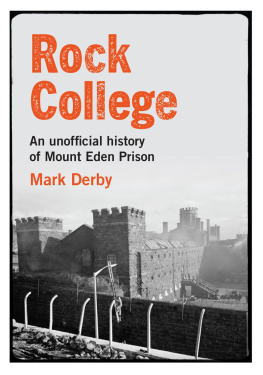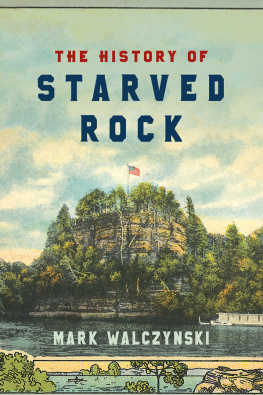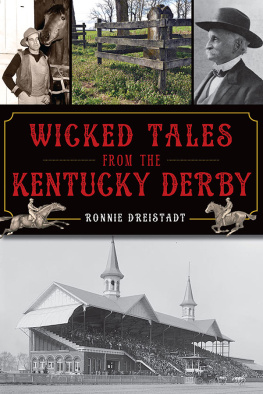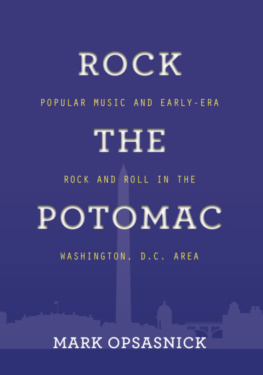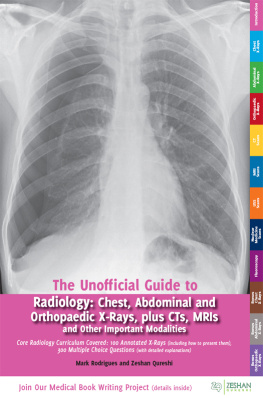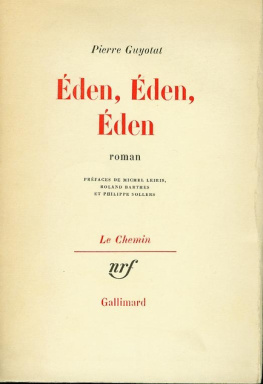Mark Derby - Rock College: An unofficial history of Mount Eden Prison
Here you can read online Mark Derby - Rock College: An unofficial history of Mount Eden Prison full text of the book (entire story) in english for free. Download pdf and epub, get meaning, cover and reviews about this ebook. year: 2020, publisher: Massey University Press, genre: Detective and thriller. Description of the work, (preface) as well as reviews are available. Best literature library LitArk.com created for fans of good reading and offers a wide selection of genres:
Romance novel
Science fiction
Adventure
Detective
Science
History
Home and family
Prose
Art
Politics
Computer
Non-fiction
Religion
Business
Children
Humor
Choose a favorite category and find really read worthwhile books. Enjoy immersion in the world of imagination, feel the emotions of the characters or learn something new for yourself, make an fascinating discovery.
- Book:Rock College: An unofficial history of Mount Eden Prison
- Author:
- Publisher:Massey University Press
- Genre:
- Year:2020
- Rating:3 / 5
- Favourites:Add to favourites
- Your mark:
- 60
- 1
- 2
- 3
- 4
- 5
Rock College: An unofficial history of Mount Eden Prison: summary, description and annotation
We offer to read an annotation, description, summary or preface (depends on what the author of the book "Rock College: An unofficial history of Mount Eden Prison" wrote himself). If you haven't found the necessary information about the book — write in the comments, we will try to find it.
Mark Derby: author's other books
Who wrote Rock College: An unofficial history of Mount Eden Prison? Find out the surname, the name of the author of the book and a list of all author's works by series.
Rock College: An unofficial history of Mount Eden Prison — read online for free the complete book (whole text) full work
Below is the text of the book, divided by pages. System saving the place of the last page read, allows you to conveniently read the book "Rock College: An unofficial history of Mount Eden Prison" online for free, without having to search again every time where you left off. Put a bookmark, and you can go to the page where you finished reading at any time.
Font size:
Interval:
Bookmark:
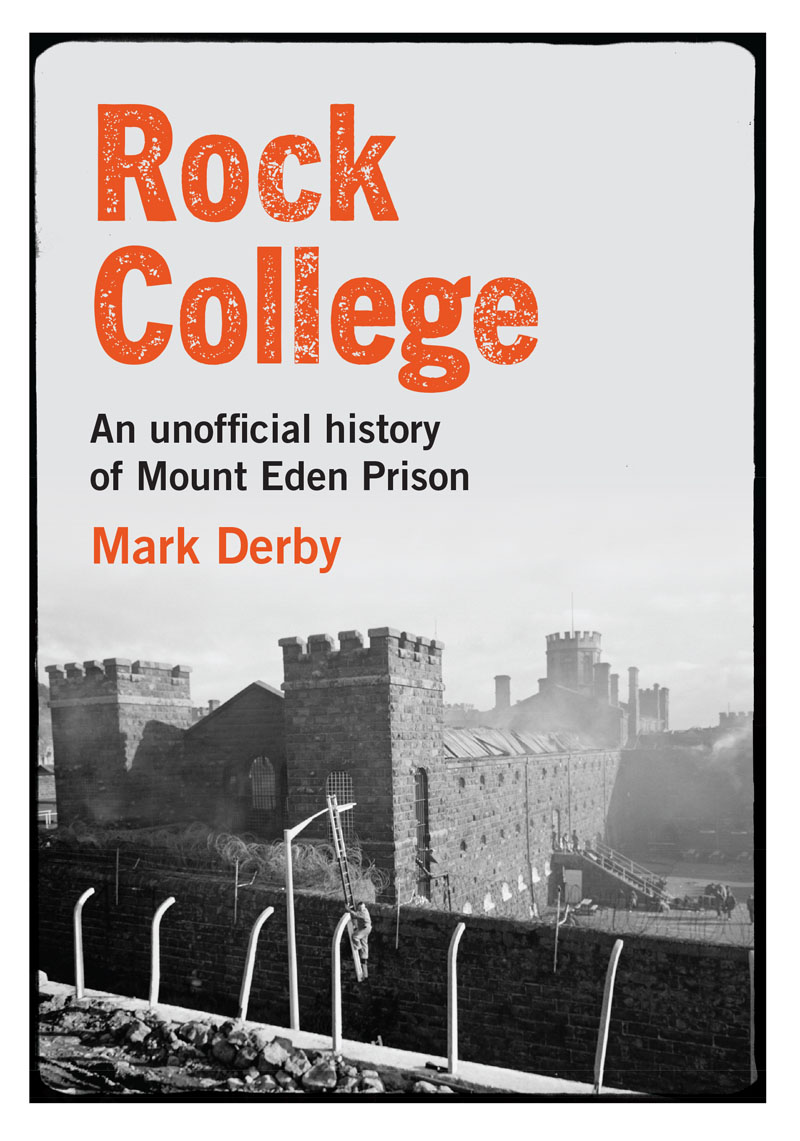

For John Ringer survivor
All royalties from this book go to the criminal justice reform organisation JustSpeak www.justspeak.org.nz
T he first prison on the Mount Eden site was popularly known as the Stockade but officially named Auckland Gaol. By the time its successor on the same site was completed in 1917, its name was Auckland Prison. When the maximum-security institution at Paremoremo was completed in 1968, it acquired the name Auckland Prison and the older building became Mount Eden Prison. It has also been known to its inmates at various times as the Stone Jug, Rock College, the Rock and (by Mori) Mautini, a transliteration of Mount Eden.
For the sake of simplicity and clarity, the building completed in 1917 will be generally referred to in this book, regardless of era, as Mount Eden Prison, the name by which it was and still is most commonly known.
As in other prisons around the country, during the nineteenth century Mount Eden was under the overall authority of a governor. In 1854 that position was renamed superintendent. From the early 1990s the most senior role in the prison was known by generically administrative terms such as general manager.
That eerie, rain-lashed night in 1989 was the first time 23-year-old Te Kahautu Maxwell had been inside Mount Eden Prisons daunting walls. He had travelled there from his home in the Bay of Plenty in a convoy led by elders of the Ringat faith. They were a solemn, determined, ritualistic group, safeguarded at every stage of the journey with incantations and prayers for their spiritual protection. They bore the weight of their missions profound cultural and historical significance. More than a century earlier, on a single morning in May 1866, five of their forebears had been hanged in the prison, and now the group had come to exhume the mens bodies and reclaim them.
A row of stone slabs, each incised with a single initial and set into the asphalt along the north wall of the main exercise yard, marked the location of the hanged mens graves. Prison authorities had strung a tarpaulin above the site, placed a wooden coffin beside each of the tombstones and erected floodlights that threw harsh beams through the driving rain. Guards and prison officials looked on uneasily at the chanting elders and younger men, numbering nearly 80 in total, who were disrupting the routine of this circumscribed, enforced community.
Once the old people felt that the preparatory rituals had been appropriately carried out, they withdrew to rest before ordaining the next stage of the arcane practice of hahu, or disinterment. Maxwell and the younger companions remained to carry out the physical side of the work. Each of them was under strict tapu: no food, no water just digging. They had been selected for this task in part because they shared the same tribal affiliations as the hanged men Whakathea, Ngti Awa and Thoe from the Bay of Plenty. Two others had arrived from Taranaki, on the other side of the island, to exhume the body of Horomona Poropiti, hanged along with Mikaere Kirimangu for the murder of a government agent, James Fulloon. A thunga from Parihaka, a sacred settlement for the Taranaki people, had prepared the way for them to do so. A third group were Ngpuhi from Northland, there to offer guidance, as they had recently recovered the bodies of several of their own ancestors who had been transported in the 1840s to imprisonment in Van Diemens Land, as Tasmania was then known.
Through the night more bones were uncovered and moved to other waiting coffins. An Auckland archaeologist, Simon Best, was present to witness this seldom-seen procedure. He believes that the five bodies were originally buried in full-sized coffins some 60 metres from the boundary wall, and moved to their new gravesite in the late nineteenth century to make way for rebuilding work. They appeared to have been reburied in wooden containers about half the length of a standard coffin.
The scope of the job suddenly and unexpectedly expanded. Wed be digging down, says Maxwell, and the wall of the hole caved in and there was another skull more bodies in there. And they were, like, Take me too. So we had to get more coffins for them.
As the team worked methodically along the line of marker stones, the rocky ground beneath the tarseal proved too much for the hand tools they had brought with them. Jackhammers were ordered but, out of consideration for sleeping inmates, the men waited silently until 7 a.m. before using them.
Some of our relations were in that jail, says Maxwell, and in the morning several of these men were permitted to work alongside the diggers. They included the heavily dreadlocked Diesel Dick Maxwell, held for burning down a number of churches around Ruatoria, on the East Coast, in the early 1980s. The enlarged digging party worked on until the early afternoon, watched from behind concrete barriers by dozens of other inmates. Eleven bodies were eventually recovered, some of them not immediately identifiable. Best believes they had all been relocated from older gravesites around the prison and placed in a common trench.
When no further bones or other human remains could be found, the kaumtua returned to oversee their removal. Their karakia resounded down the prisons stone corridors as Te Kahautu Maxwell and others carried the first of the fully loaded coffins. They were heavy, he says. We walked them out through the prison to the front entrance, back and forth And all the Black Powers and them trying to touch the coffins. All those hands reaching out from those pens. Some were crying.
The coffins were loaded into a big truck, like a furniture truck, all stacked on racks. Only the remains of the Taranaki prophet Horomona were placed in a separate vehicle, since he would be taken to an entirely different final destination. The first stop after the vehicles left the prison gates was the suburb of Panmure, where a Mori-owned firm of undertakers had hosted and supported the hahu party since it arrived in Auckland. Wailing, prayer and tears filled the air as the trucks roller door rose to reveal the stacked coffins. They were welcoming them back into the tribe, says Maxwell. Those old people my grandmother was doing the karanga they were wailing and collapsing. The emotion, eh. Because they had grown up with the story, and now they were seeing the return of Mokomoko.
The return journey to the Bay of Plenty next morning was protracted and indirect. The midnight exhumations had become a nationwide news story and the Mori Queen, Dame Te Atairangikaahu, sent a request for the coffins to lie on her principal marae of Trangawaewae in the Waikato. After mourning ceremonies there, a roundabout route was taken, bypassing other marae that might also choose to welcome them, to avoid further delays. The truck was eventually unloaded at the Ngti Awa marae of Taiwhakaea in Whakatne.
In a striking example of cultural reconciliation, all the bodies carried to the Bay of Plenty, with the exception of Mokomokos, were reburied together, even though some were almost certainly Pkeh. They had lain alongside each other in death for the past century, and the Ngti Awa felt they should not now be separated. In the cemetery alongside the meeting house, the coffins were lowered into one huge trench like they bury whales, with a single rope to bind them together.
Next pageFont size:
Interval:
Bookmark:
Similar books «Rock College: An unofficial history of Mount Eden Prison»
Look at similar books to Rock College: An unofficial history of Mount Eden Prison. We have selected literature similar in name and meaning in the hope of providing readers with more options to find new, interesting, not yet read works.
Discussion, reviews of the book Rock College: An unofficial history of Mount Eden Prison and just readers' own opinions. Leave your comments, write what you think about the work, its meaning or the main characters. Specify what exactly you liked and what you didn't like, and why you think so.

